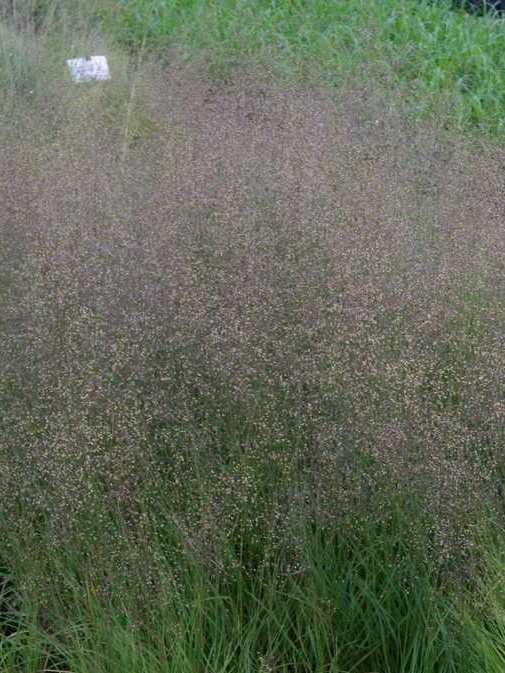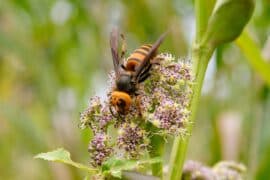Prairie dropseed
(Sporobolus heterolepis)

Description
Sporobolus heterolepis, commonly known as prairie dropseed, is a species of prairie grass native to the tallgrass and mixed grass prairies of central North America from Texas to southern Canada. It is also found further east, to the Atlantic coast of the United States and Canada, but is much less common beyond the Great Plains and is restricted to specialized habitats. It is found in 27 states and four Canadian provinces. Prairie dropseed is a perennial bunchgrass whose mound of leaves is typically from 1 to 2 ft (30 to 60 cm) high and 2 to 3 ft (60 to 90 cm) across. Its flowering stems (culms) grow from 1+1⁄2 to 3 ft (45 to 90 cm) tall, extending above the leaves. The flower cluster is an airy panicle 3 to 8 in (8 to 20 cm) long with many branches. They terminate in small spikelets, which each contain a single fertile floret. When it blooms, the floret has three reddish anthers and a short feathery stigma. If it is pollinated, the floret produces a nearly round seed 1.5 to 2.0 mm (0.06 to 0.08 in) long. At the base of the spikelet are two bracts (glumes), one of them 4 to 6 mm (0.16 to 0.24 in) long and the other 2 to 4 mm (0.08 to 0.16 in) long. The bracts each are long and tapered, with sharply pointed tips. Around the floret are a lemma and palea, each about 3.5 to 5.5 mm (0.14 to 0.22 in) long, though the palea is sometimes longer than the lemma. Prairie dropseed is a fine-textured grass with long, narrow leaves that arch outward, forming attractive, round tufts. The leaves range in color from a rich green hue in summer to a golden rust color in the fall. Foliage is resilient enough to resist flattening by snow, so it provides year-round interest. From late July to mid-September, the grass blooms with rusty-tan flowers that rise 30 to 36 in (760 to 910 mm) in height. It occurs in a wide range of soils, doing well in moist to dry conditions. It is much less common in wetlands. The grass is cultivated as an ornamental plant in gardens because of its attractive bunchgrass form. Because of its drought tolerance, it has been used on green roofs. The seedhead is sometimes described as having the vague scent of fresh popcorn, cilantro, or sunflower seeds. Prairie dropseed is also used for roadside revegetation and prairie restoration projects. It is difficult to establish by direct seeding. Transplanting greenhouse-grown seedlings is a more effective method of establishing it.
Taxonomic tree:







